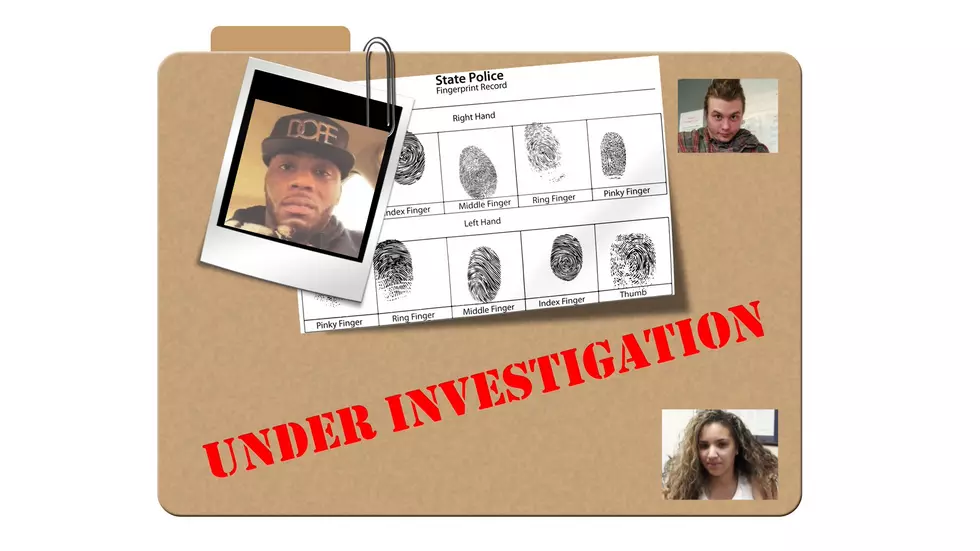
Why Newtown Is Called Newtown
History is an important part of our education, especially the history of the town we call home. If you live in Newtown, there is a rich history that dates all the way back to the early 1700's.
The history of town names can be very fascinating, I'm sure most people either don't know, or are kind of unsure how the town they live in actually got its name. Today we take a look at Newtown, now it may seem obvious, but don't bet the farm on it yet. Thanks to some research on wikipedia.com, here's a little history of the area that we call Newtown.
In order to understand how Newtown actually got its name, we have to go all the way back to 1705. That was the year the town, originally known as Quanneapague, was purchased from the Potatuck Indians. Then In 1708, over 30 English settlers petitioned the General Assembly to settle an area north of Stratford. By 1711 the town was finally incorporated.
The first settlers of Quanneapague were generally considered middle age in their late 20’s and early 30’s, and most were farmers from the Connecticut coastal area looking for new land to farm their crops, or as they started calling it in 1711, Newtown.
The original houses they built were the basic saltbox or Cape Cod style cottages, some of them are still standing today.
By the early 1800’s multiple small industries started appearing along the town’s rivers, and those industries could use water power for the shops and mills which produced buttons, combs, folding boxes, tea bags, and fire hoses.
During the same time, many Irish immigrants came and settled mostly in the Sandy Hook and Walnut Tree areas of the town. Though many were railroad workers by trade, they stayed to farm land that was abandoned by earlier settlers.
A few interesting bits of trivia, the game of Scrabble was actually invented in Newtown by James Brunot, and the famous flagpole was originally called the Liberty Pole and was placed in it’s current location in 1876 during the U.S. Centennial.
Here's a look at the New Town first settled in the early part of the 18th century.
For more information on the town, see here.

10 Things You'll Find In Most Connecticut Homes
More From WRKI and WINE









